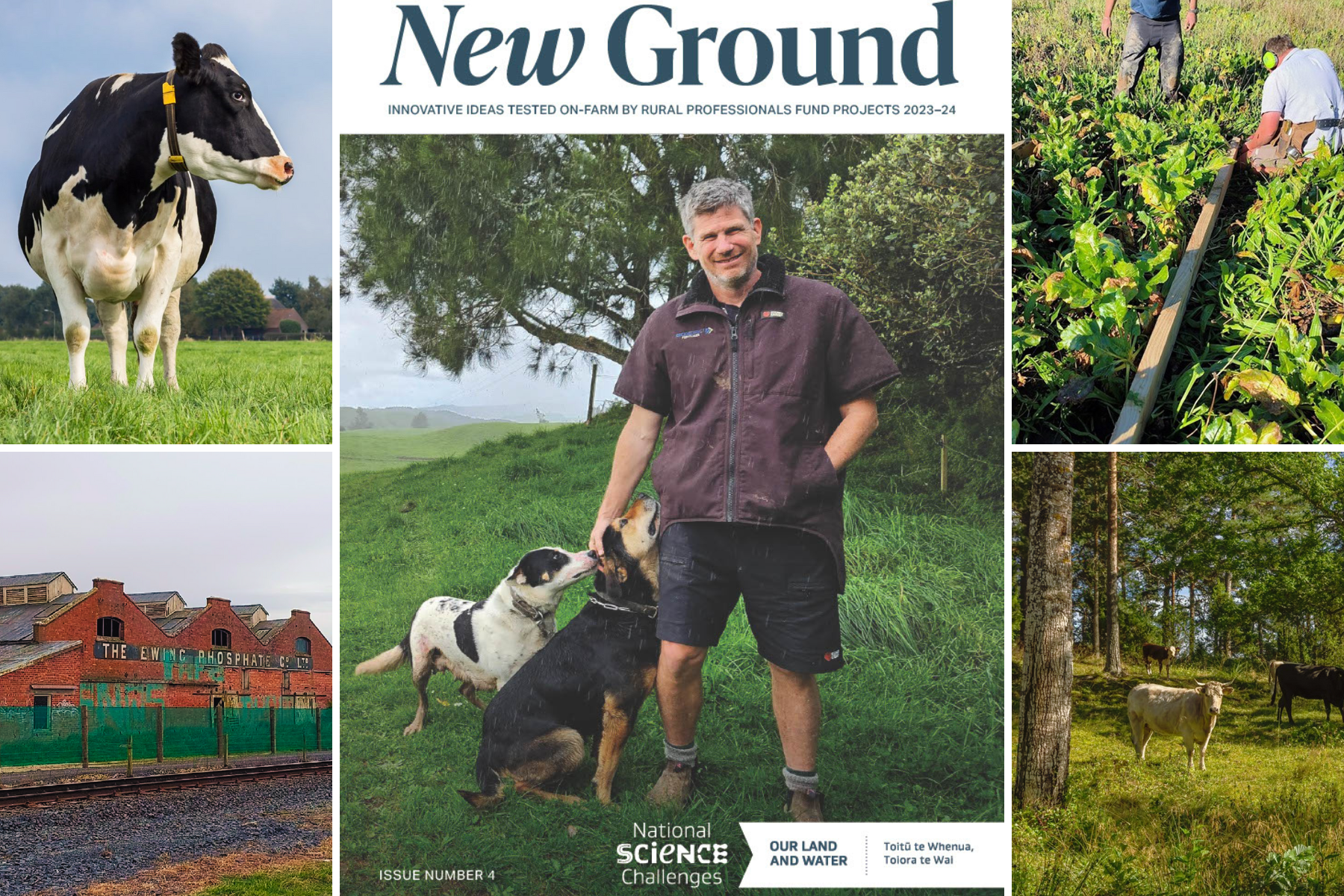Collaborative Research Towards Best Practice Nitrogen Management in Asparagus Cropping: Final report
July 2022
Key findings:
• Current nitrogen fertiliser recommendations are based on limited trial work.
• Nutrient deficiency symptoms are not common and careful fern and root testing are needed to see if they exist
• While analysis of fern growth to assess nutritional status is recommended, little guidance on interpretation is given
• Soil testing should take in the whole root depth, but there are few guidelines to establish fertiliser rates
• While sufficient nitrogen fertiliser to grow healthy fern should be applied during the establishing years, once established application, if any, should be based on replacing nutrients removed during harvest
• Research showed 75 kg-N/ha could support a crop for three years without a detectable change in fern nitrogen concentration
• Fertiliser should be applied close to fern growth which is when uptake occurs. This will minimise leaching risk, especially on shallow or low water holding soil types
• Fresh root mass is highly variable with a minimum at the end of harvest, and a maximum at the end of fern growth. We found the root mass in summer at the end of harvest was 26,300 kg/ha, increasing to 91,700 kg/ha in winter after fern growth
• At the end of fern growth, about 80% or more of the nitrogen in the system was found in the roots
• Data we collected are generally in line with published research
Rural Professionals Fund final report, July 2022
 View Our Strategy Document 2019 – 2024
View Our Strategy Document 2019 – 2024



